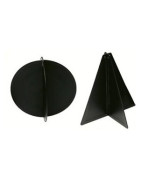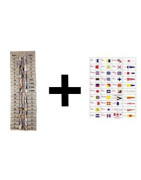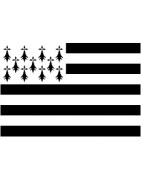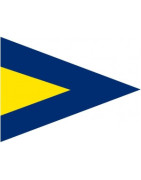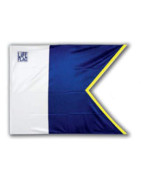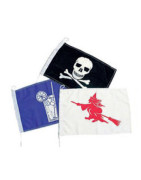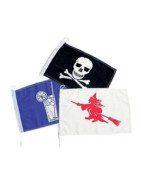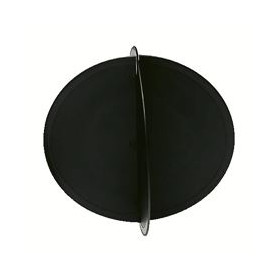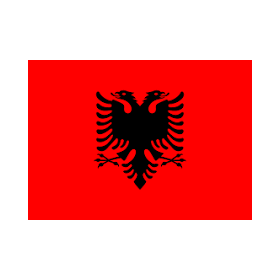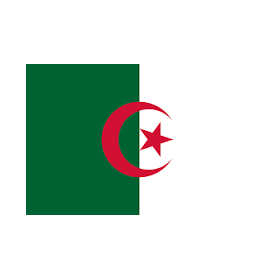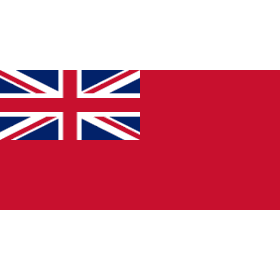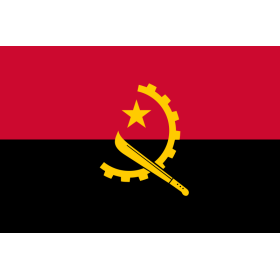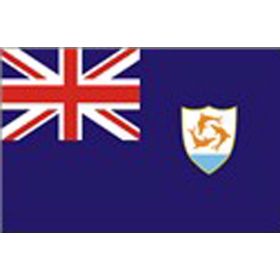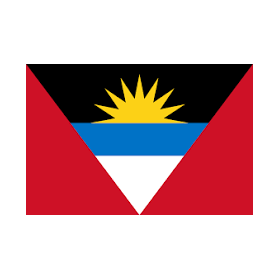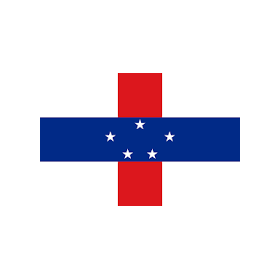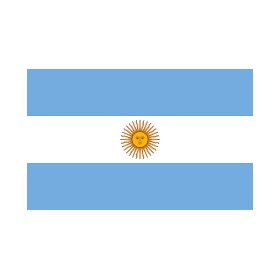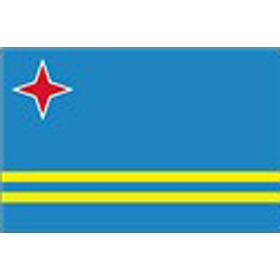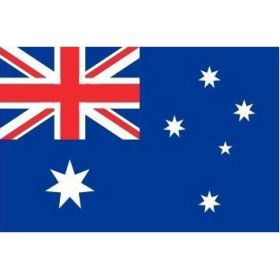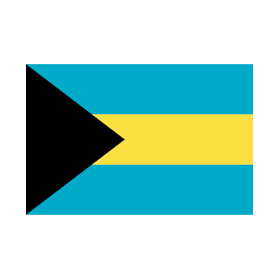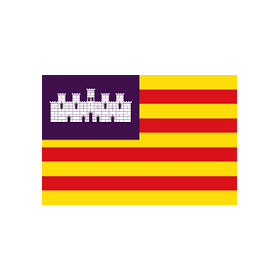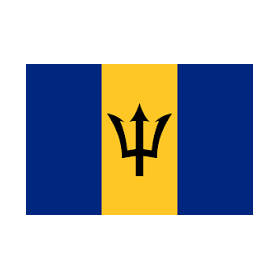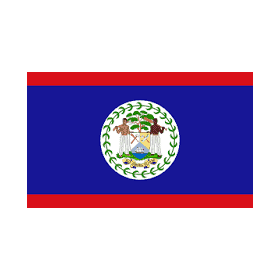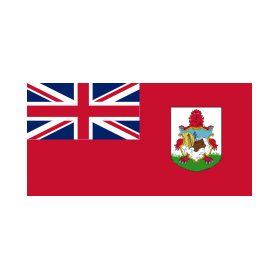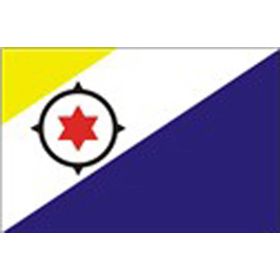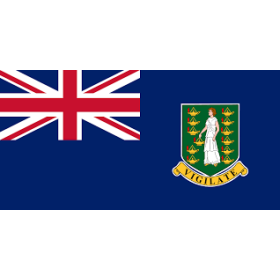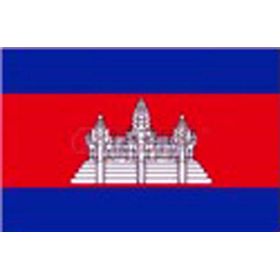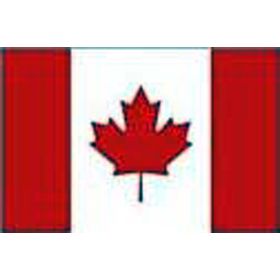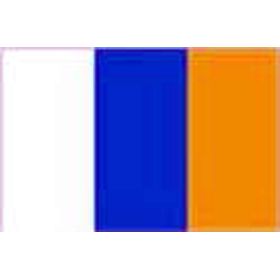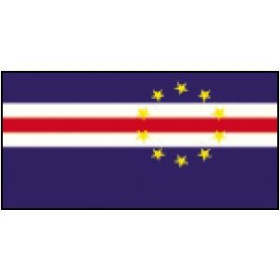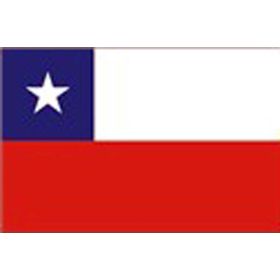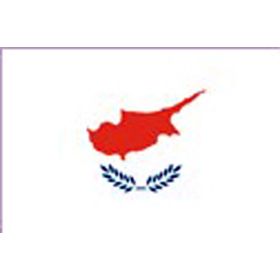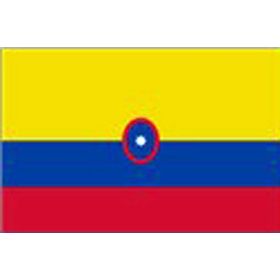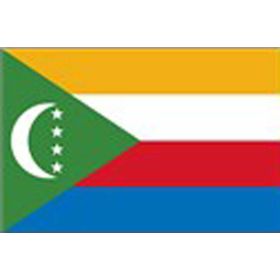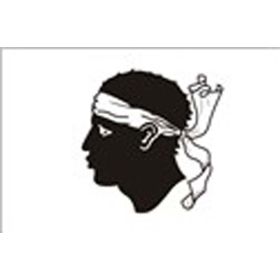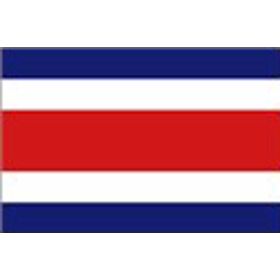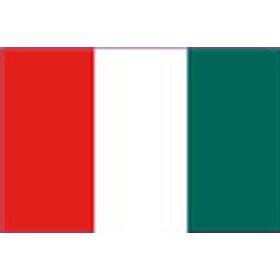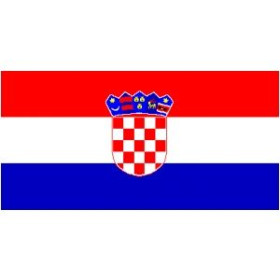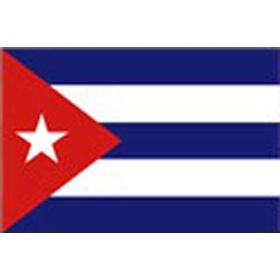Pavilion
Flagship: pocket, code, courtesy, international, fantasy, diving
-
Apparatus
The Nautic Way Maritime Bookstore offers gear.
Are apparatus required?
I have just dropped anchor, I am a sailboat and sail with a motor. How to report it? Should I install these famous devices? Is it mandatory? Few boaters hoist these devices, rightly or wrongly? What do the texts say about this?
You may have seen them on some boats, a black ball or black triangle set high when at anchor or under power. We see it a lot on big boats, yachts, but little among boaters.
Since the establishment of Division 240 (2008) which sets the safety rules applicable to pleasure boating at sea on boats of less than or equal to 24 m in length, these devices are no longer part of the compulsory armament at sea. have on board.
So are they still mandatory?
Article 240-2.09 relating to the International Regulations for Preventing Collisions at Sea (RIPAM) indicates that "Pleasure vessels are required to comply with the provisions made applicable, depending on the characteristics of the vessel, by decree 77-733 of 6 July 1977 publishing the 1972 Convention on International Regulations for Preventing Collisions at Sea, done at London on 20 October 1972."
It is clear, so in summary, vessels, even those for pleasure, must comply with this regulation. Therefore, if the characteristics of the ship require the carriage of gear by RIPAM, they must be on board pursuant to article 240-2.09.
What exactly does RIPAM say?
According to the RIPAM, rule n°30 concerning the ball for anchorage, it is stipulated "that a vessel at anchor of less than 50 meters in length must show, in the most visible place, a white light visible over the entire horizon or a ball.
Vessels of less than 7 meters in length, when at anchor, are not required to show lights or mark (ball), unless they are at anchor in a narrow channel, slipway or anchorage, near these places, or on the routes usually frequented by other vessels."
How to set up your apparatus?
On a sailboat, installing your gear is done by hoisting it in front of the mast, usually suspended by a halyard under the forestay. On a motor boat, it is necessary to provide a solution so that the gear is established on the front and visible.
What if you don't have your apparatus?
We are then in violation, verbalizable by a zealous policeman who can draw up a fine (it's rare, but it happens…).
On the insurance side, it is better to be in good standing. Regarding the black ball for an anchorage, a yachtsman on land saw his boat at anchor being hit by another vessel. His insurance declared the vessel at anchor liable as it had no anchor ball. He should then have ensured an active watch as stipulated by RIPAM for ships on the way... To think about...
There is bound to be a model for you.
-
Pavilion cover - Grand Pavois
The Nautic Way Maritime Bookstore offers large bulwarks.
Are you looking for a large bulwark?
The grand shield is a garland, an assembly of signaling flags (alphabet and numbers) which includes the 40 flags of the International Code, including 26 alphabetical flags, 10 numerical flags, 3 substitutes and 1 overview. In the size 14 x 20 cm this is a 10 m garland made up of 40 light mesh flags.
For the Grand Pavois: quality digital or screen printing, on 100% polyester or cheesecloth blocked mesh, through-printing, single-sided recto/verso, U.V. resistance. Mounting strap and rings to others.
Opportunities to display the Grand-Pavois: launching a boat, launching, national holidays, including those of the countries visited.
Hoisting the bulwark consists of sending all the flags of the "international code of signals" on a single halyard going from the bow to the back of the boat passing through the masthead, on port holidays, receptions, ceremonies …), from 8 a.m. to 8 p.m. The goal is to decorate the boat, so never when sailing.
Composed of 40 pavilions in this order to avoid any unwelcome words or interpretations:
- From bow to top of mast: E, Q, 3, G, 8, Z, 4, W, 6, P, 1, I, Preview, T, Y, B, X, 1st substitute, H, 3rd substitute.
- Top of mast to stern: D, F, 2nd substitute, U, A, O, M, R, 2, J, 0, N, 9, K, 7, V, 5, L, C, S.
There is bound to be a model for you.
-
Courtesy pavilion
The Nautic Way Maritime Library offers a wide choice of flags, not all of them are presented in this section: countries, regions, size, ... do not hesitate to ask us.
Are you looking for a pavilion?
On a boat, the word flag does not exist, only flags are used.
The courtesy flag is a mark of respect for the country you are visiting.
It is hoisted onto the spreader halyard, on the starboard side, of the forwardmost mast. It is mandatory and must be installed as soon as you enter the territorial waters of the country visited. To hoist it to port, as some of our neighbors do, whom we will not mention, is an insult to the country visited.
It is smaller than the national pavilion. As a courtesy, we wear it from sunrise to sunset and from 8 a.m. to 8 p.m. once in port.
In addition to the courtesy flag, you must hoist the free practice flag
This is flag Q (in memory of the time when ships remained in Quarantine).
We send it into the spreaders on the port side. It indicates that you are requesting the right to enter and land in the waters of the country of arrival. You must then go to the customs offices to complete the formalities, see our article on clearances. Since the creation of the European Union, this practice is no longer necessary in Europe, but remains valid in other countries. Once the formalities have been completed, the flag is lowered.
There is bound to be a pavilion for you.
-
Flag international code
The Nautic Way Maritime Bookstore offers flags of the international code.
Are you looking for an international code pavilion?
The international code of maritime signals is a system implemented in the navy, which allows the letters of the alphabet to be represented from a boat, using different flags.
Flags can be used in several ways:
- Each flag can represent a letter of a message
- Each pavilion has its own meaning
- One or more flags can form a code word that can be decoded using a document held by both boats (for France, this document is S.H.34)
- During regattas, the flags have other meanings. For example, flag P is used to indicate an imminent departure, and flag S means that the race is shortened.
There is bound to be a model for you.
-
Pavillon de régate
La Librairie Maritime Nautic Way propose des pavillons de régate.\nVous cherchez un pavillon de régate ?\nLes pavillons de régate utilisent les pavillons du code international des signaux maritimes.\nLors de régates, les pavillons ont d\'autres significations. Par exemple, le pavillon P est utilisé pour indiquer un départ imminent, et le pavillon S signifie que la course est raccourcie.\n \n\n\n\n\n\n\n\n\n\nIl y a forcément un modèle pour vous.\n\n\n\n\n\n\n\n\n -
Diving flag
The Nautic Way Maritime Bookstore offers diving lodges.
Are you looking for a diving lodge?
To scuba dive safely, certain flags are mandatory on board the boats.
There is bound to be a model for you.
-
Bathing flame
Bathing flame found on the masts of the surveillance posts: green, orange and red.
-
Fancy pavilion
The Nautic Way Maritime Bookstore offers fancy pavilions.
Are you looking for a fancy pavilion?
Fancy flags are used to invite your friends to come on board, for a cocktail party, a Halloween party, or simply if you think you are a pirate.
There is bound to be a model for you.
